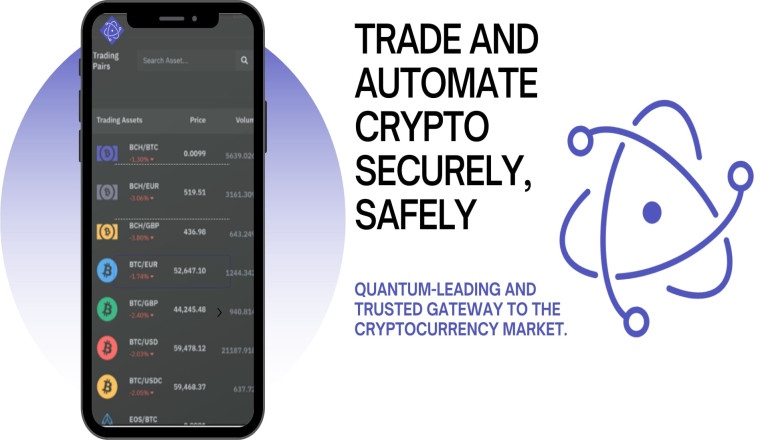The Crucial Role of Risk Management in Crypto Trading
In the world of cryptocurrency trading, where volatility and opportunity often go hand in hand, one key element can make or break a trader’s success: risk management. The ability to effectively assess and mitigate risks is paramount to navigate the ever-changing landscape of digital assets. In this article, we will explore the importance of risk management in crypto trading and discuss strategies to safeguard your investments.
- Understanding Volatility: Cryptocurrencies are notorious for their price volatility, which presents both lucrative opportunities and significant risks. A sound risk management approach starts with understanding the inherent volatility of the market and acknowledging that prices can fluctuate rapidly, sometimes in unpredictable ways. By accepting this reality, traders can prepare themselves mentally and emotionally to make informed decisions.
- Setting Clear Risk Tolerance: Every trader must establish their risk tolerance level, which reflects their willingness and ability to bear losses. It is crucial to evaluate your financial situation, investment goals, and personal circumstances to determine an appropriate risk tolerance. This step helps prevent impulsive decisions driven by fear or greed, enabling you to stay disciplined and avoid excessive exposure to risky trades.
- Diversification and Asset Allocation: Diversification is a fundamental risk management strategy that involves spreading investments across different cryptocurrencies and asset classes. By diversifying your portfolio, you reduce the impact of any single asset’s poor performance. A well-balanced allocation helps mitigate the risk associated with specific coins or market sectors and increases the chances of achieving consistent returns.
- Stop Loss and Take Profit Orders: Implementing stop loss and take profit orders is a proactive risk management technique. A stop loss order automatically sells a cryptocurrency if it reaches a predetermined price level, limiting potential losses. Similarly, a take profit order allows traders to secure profits by automatically selling when the target price is reached. These orders minimize emotional decision-making and protect against unexpected market downturns.
- Risk-Reward Ratio Assessment: Before entering a trade, it is essential to assess the risk-reward ratio. This ratio compares the potential profit against the potential loss. By analyzing this ratio, traders can evaluate whether the potential rewards justify the risks involved. Establishing a minimum acceptable risk-reward ratio helps filter out unfavorable trades and focus on those with higher probabilities of success.
- Regular Monitoring and Adjustment: Successful risk management requires constant monitoring and adjustment. Crypto markets are dynamic, and factors influencing price movements can change rapidly. By staying updated with market news, technical analysis, and relevant indicators, traders can make timely adjustments to their risk management strategies. Regular portfolio reassessment allows for informed decision-making and helps maintain a balanced risk exposure.
Conclusion: In the world of crypto trading, risk management is the cornerstone of long-term success. By acknowledging the volatility of the market, setting clear risk tolerance levels, diversifying portfolios, using stop loss and take profit orders, evaluating risk-reward ratios, and regularly monitoring and adjusting strategies, traders can safeguard their investments. Remember, the goal is not to eliminate risk entirely but to manage it effectively, maximizing opportunities while minimizing potential losses. Embracing risk management as an integral part of your trading journey will significantly enhance your chances of achieving consistent and profitable results in the exciting world of cryptocurrencies.
Start Trading securely with stop loss now: https://jupitarfinance.com/register
